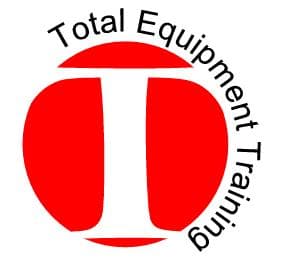How to Accurately Operate an Overhead Crane
Overhead cranes are powerful load-moving utilities that make use of the overhead space in industrial facilities, such as warehouses and assembly lines. They are comprised of support beams spanning the width of the site structure, with hoists to attach loads and tracks to move them from one area of the…
